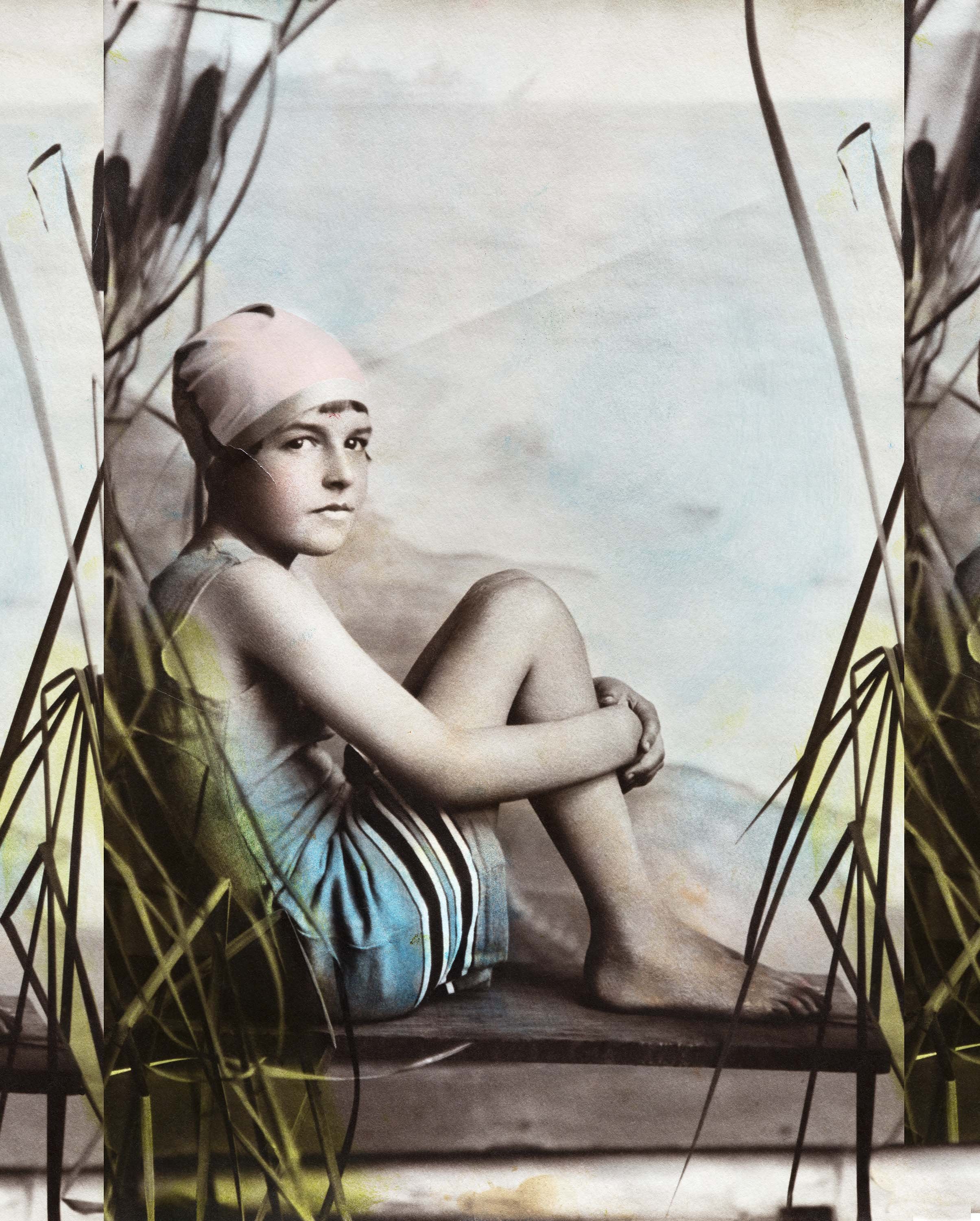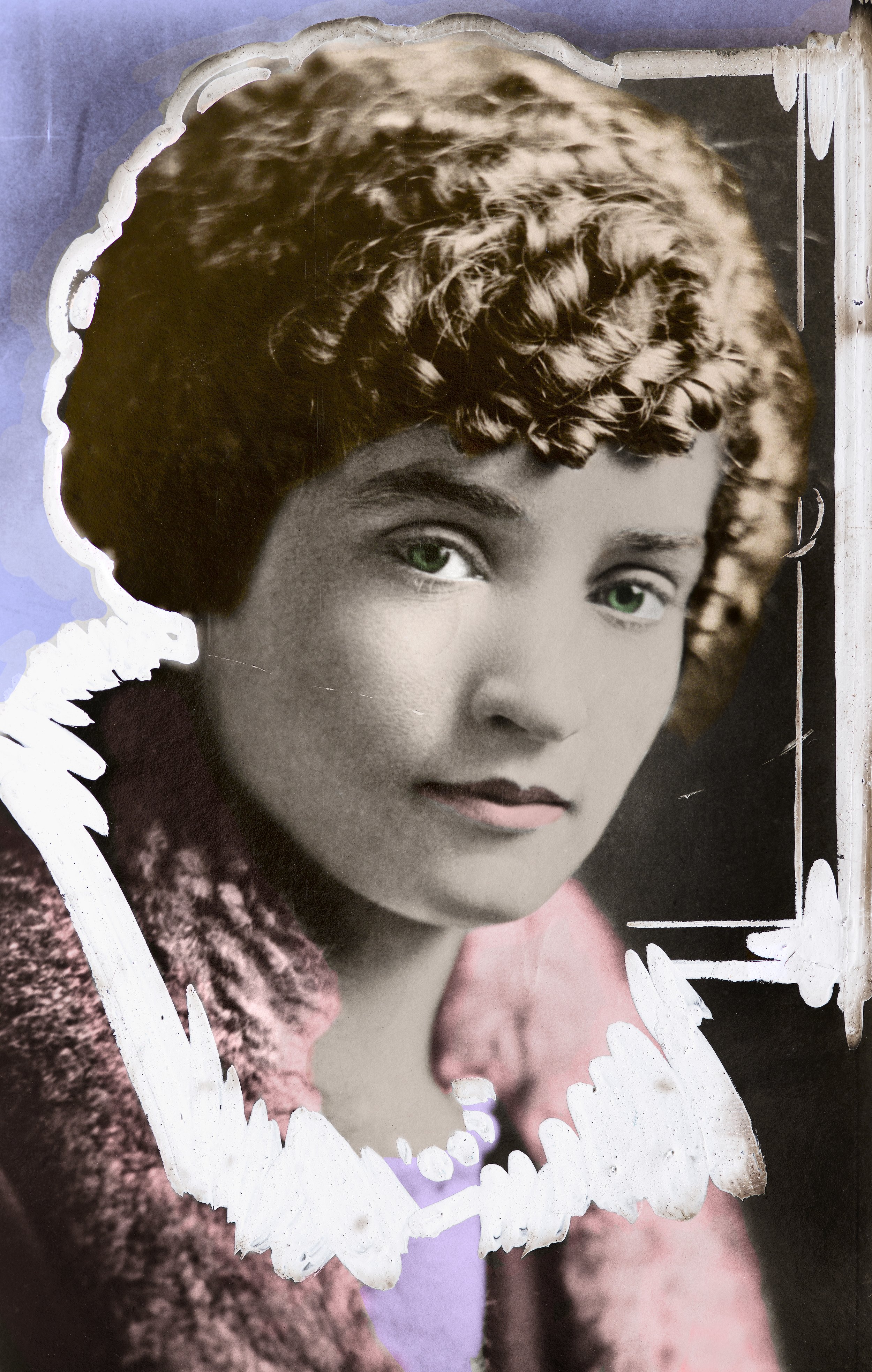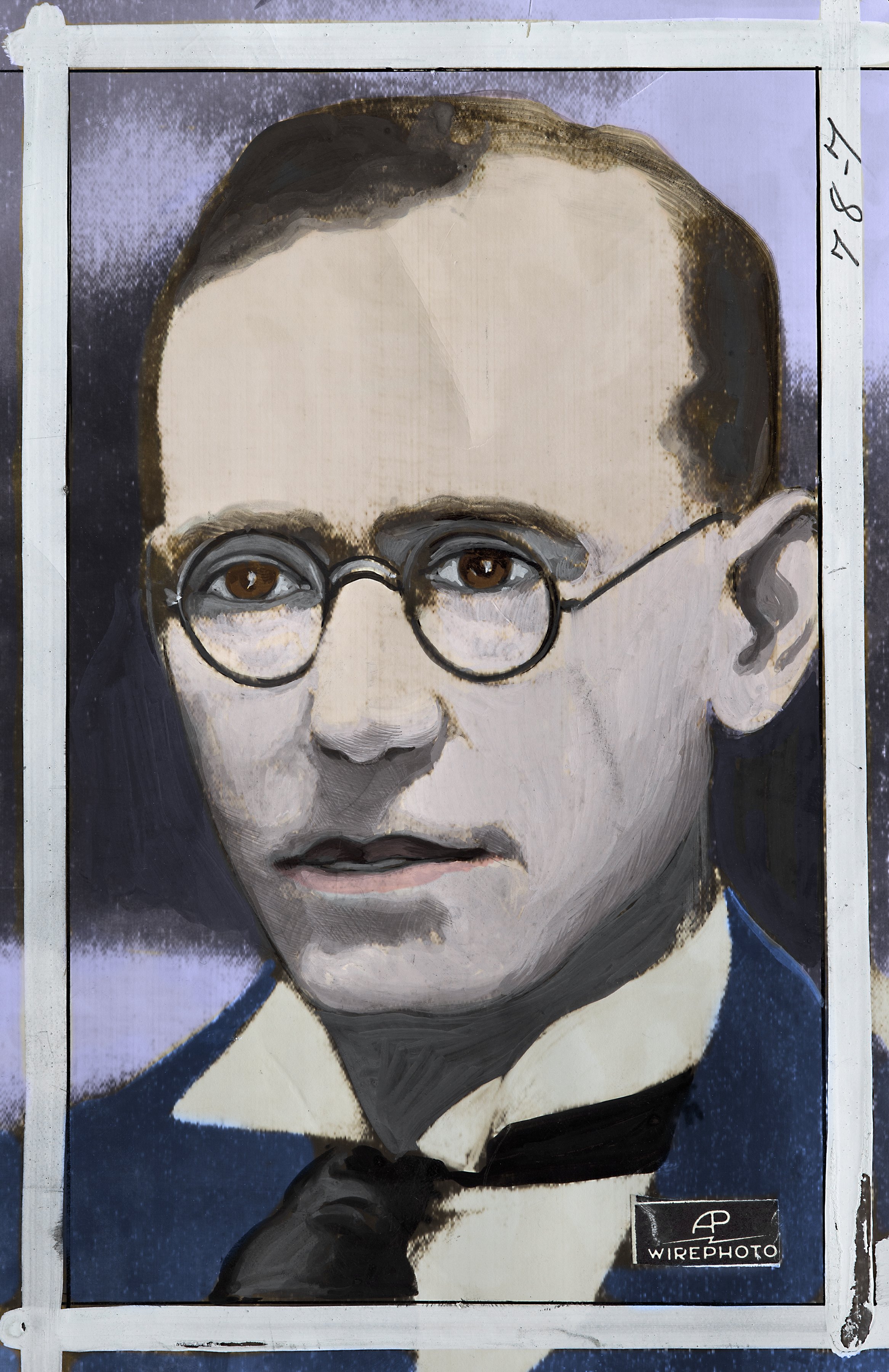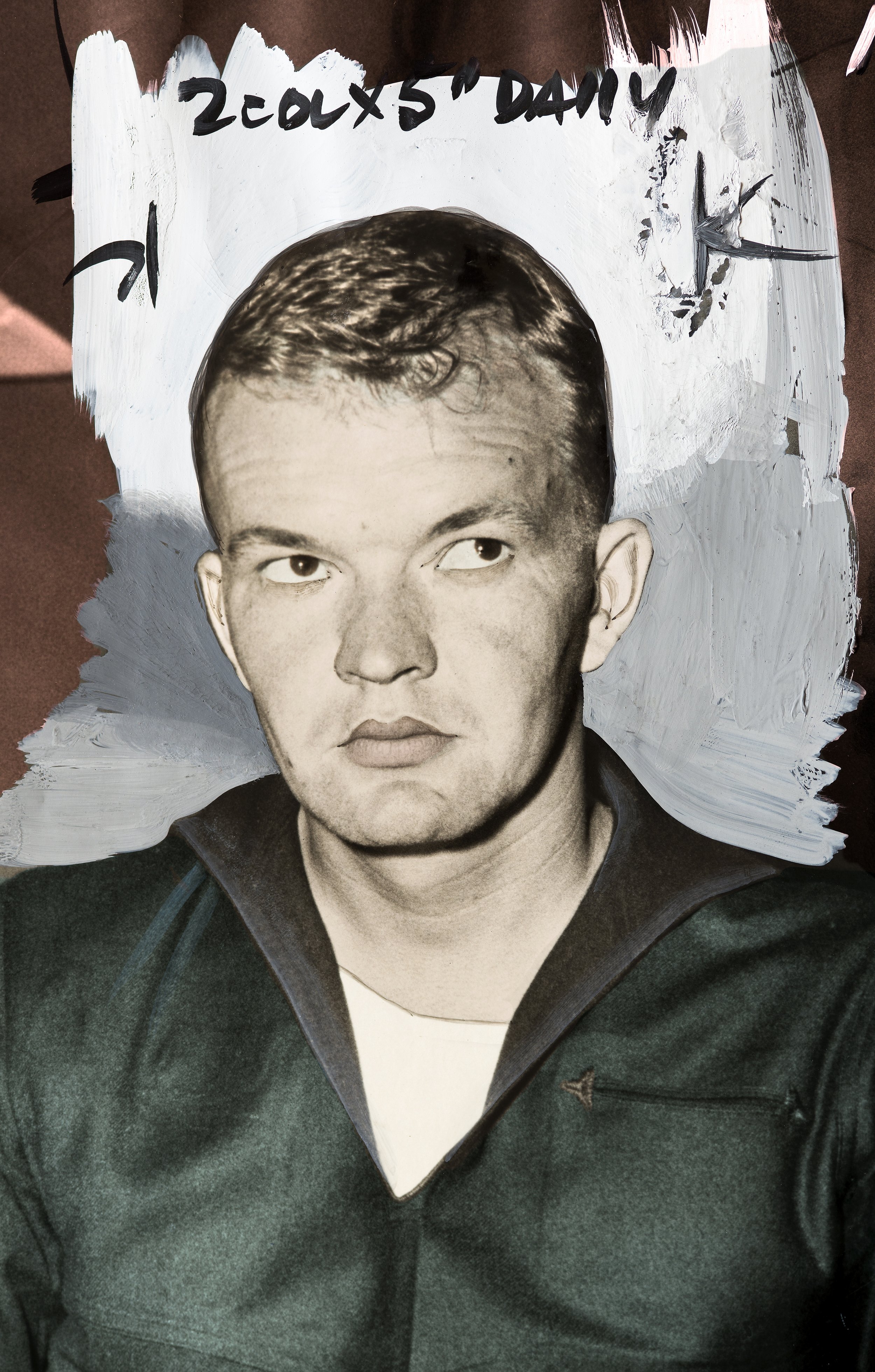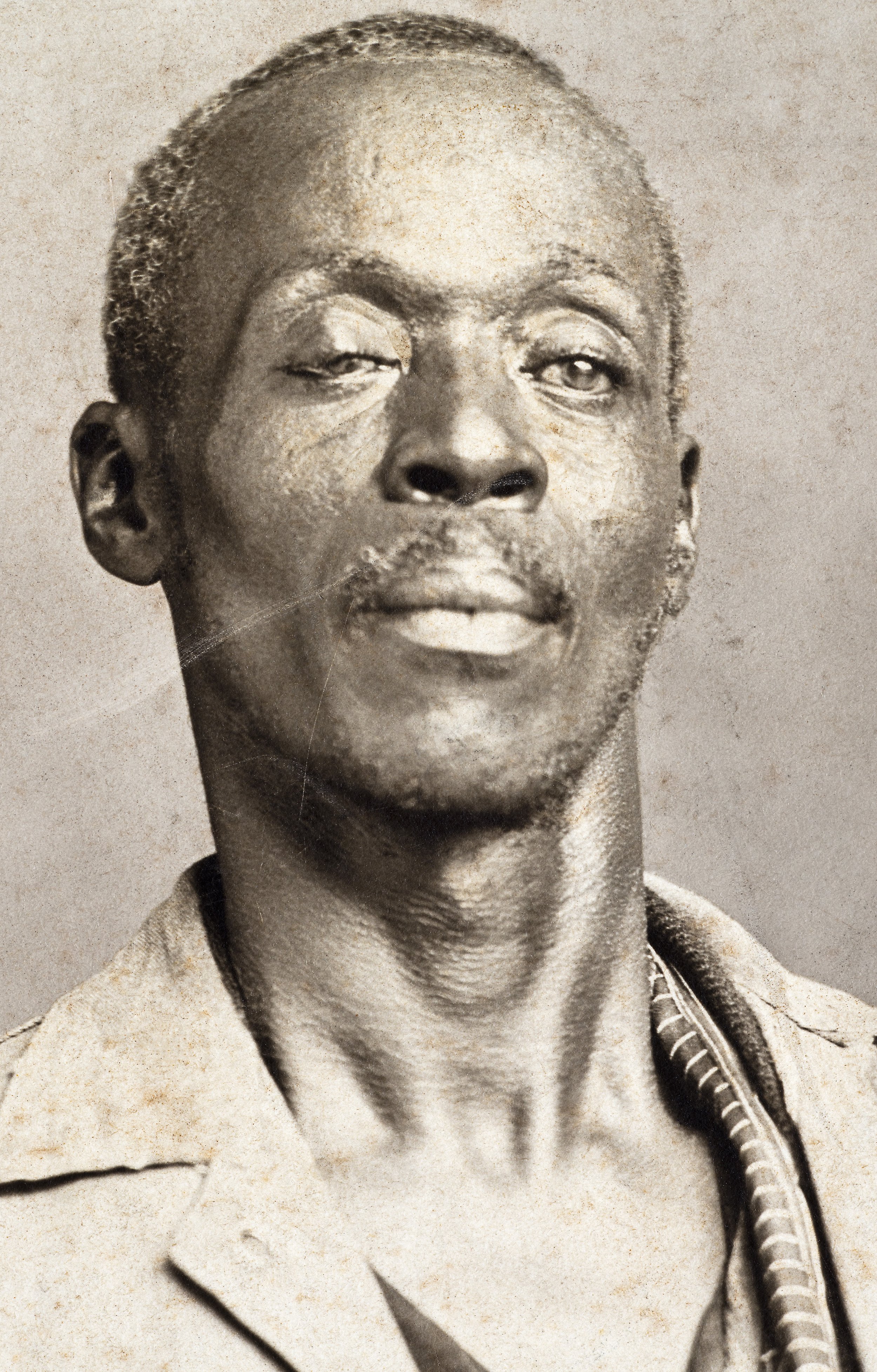Images of Images
Most of these images were drawn from a large group of anonymous photographs collected by my mother, Cornelia Noland Reis. Her fascination with photography was rooted in her 1930’s childhood, a time when small, printed photographs circulated widely and, along with moving images, commanded a dominant role in visual communication.
Cornelia collected photographs steadily throughout adulthood and well into old age, making regular visits to flea markets and antique shops in search of the bizarre and offbeat within vernacular imagery. Over time, with the advent of eBay in the mid-1990s, she became obsessed with spending hours online every day, sifting through hundreds and eventually many thousands of anonymous photographs for sale at extremely modest prices. She purchased a steady stream of them, amassing a wide array of images, most of them bought online for extremely modest sums. Her omnivorous eye for the ironic and bizarre increasingly took center stage, dwelling particularly on the foibles of human behavior. She seemed to intuitively align with Roland Barthes’s notion of punctum, the “sensory, intensely subjective effect of a photograph on a viewer”, as the scholar Séamus Kealy so neatly put it. The collection in her New York City apartment delivered just such an effect.
Cornelia’s eye skewed heavily towards subjects who were far from ordinary, most often x-rays of character that highlighted the bizarre and ironic. In many instances she found her way to individuals who were flawed, eccentric, and sometimes violent or kinky. At first she curated groups of images in loosely themed three-ring binders, but over time the binders multiplied and most often ended up fat and overflowing, with juxtaposed images made into splashy chapters ordered by increasingly subtle and nuanced themes.
My deep interest in her project began in the early 2000s, at a time when digital photography was superseding film-based production. With her permission, I started work on the project represented here, Images of Images, based almost exclusively on photographs within her collection. I began by carefully re-photographing salient portions of chosen images in natural light, cropping and reframing the originals in the process to highlight particular details and nuances. I chose small, almost exclusively black & white prints no larger than 8x10, although most were considerably smaller than that. I digitally enlarged the image files, erased and replaced details, conjoined multiple images, and, crucially, added imagined color. I then printed them at large scale to depict the the subjects at or near life-size.
The images I selected from Cornelia’s collection were most often prints that had a history as objects circulating in the world: they often had small creases and general wear and tear that spoke to their having been handled repeatedly by human hands. A significant subset of them bore the markings of previous editing, sometimes with crop marks or scrawled notations written directly on the prints. Others had clumsy splashes of color that had been added somewhere along the way in their history. My transformations and re-use of the original images, above all, concentrated on drawing out the character of the portrait subjects, achieved especially by the introduction of invented color absent in the originals. In homage to Cornelia’s editing prowess, many of my finished pieces conjoin two images that seem to be related, placing them in conversation due to similarities or differences, with the intention of generating a shiver.
In these re-thought and re-purposed images of the past, my intention is to retrospectively extract the most immediate sense of photographic moments that occurred long ago. My intention is to lay bare the evidence of their age and their history of having been handled, while simultaneously endeavoring to inject them with a feeling of immediacy—of being in the present. My overarching intention is to enhance and further dramatize what it might have been that drew Cornelia to them in the first place.




